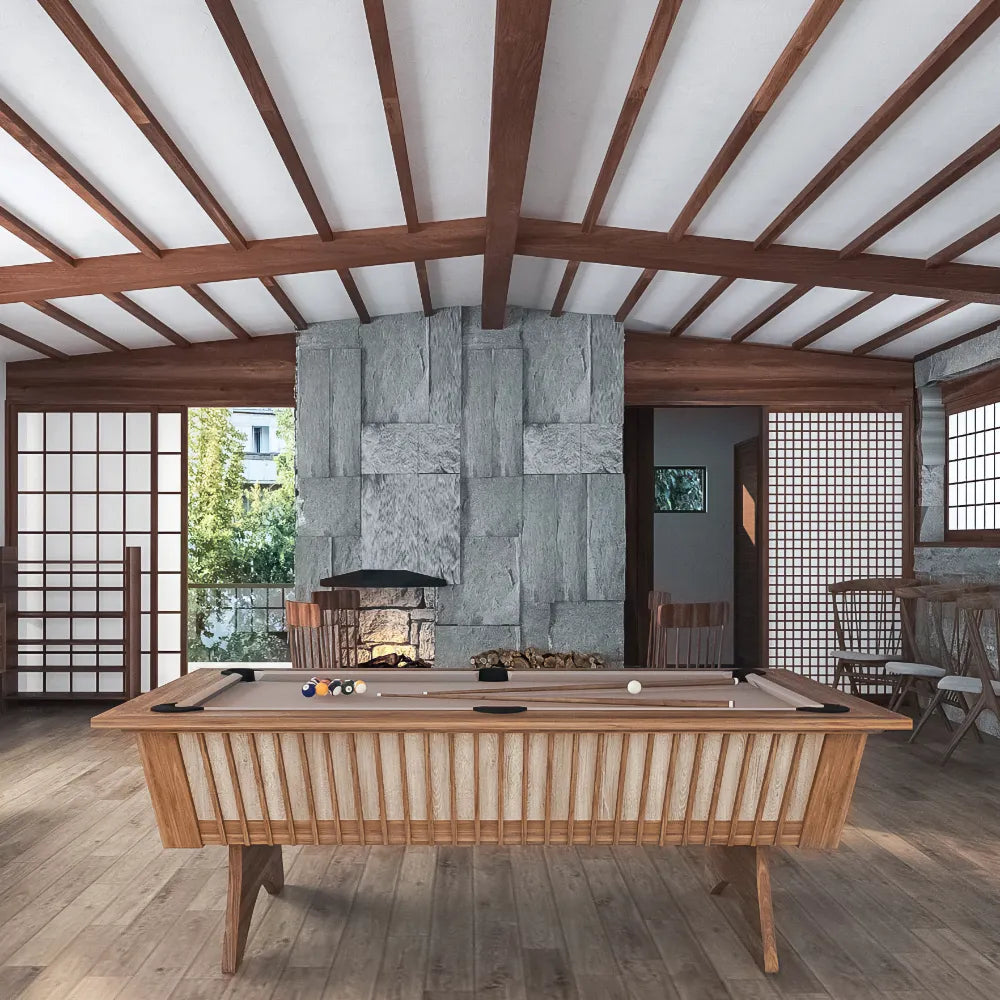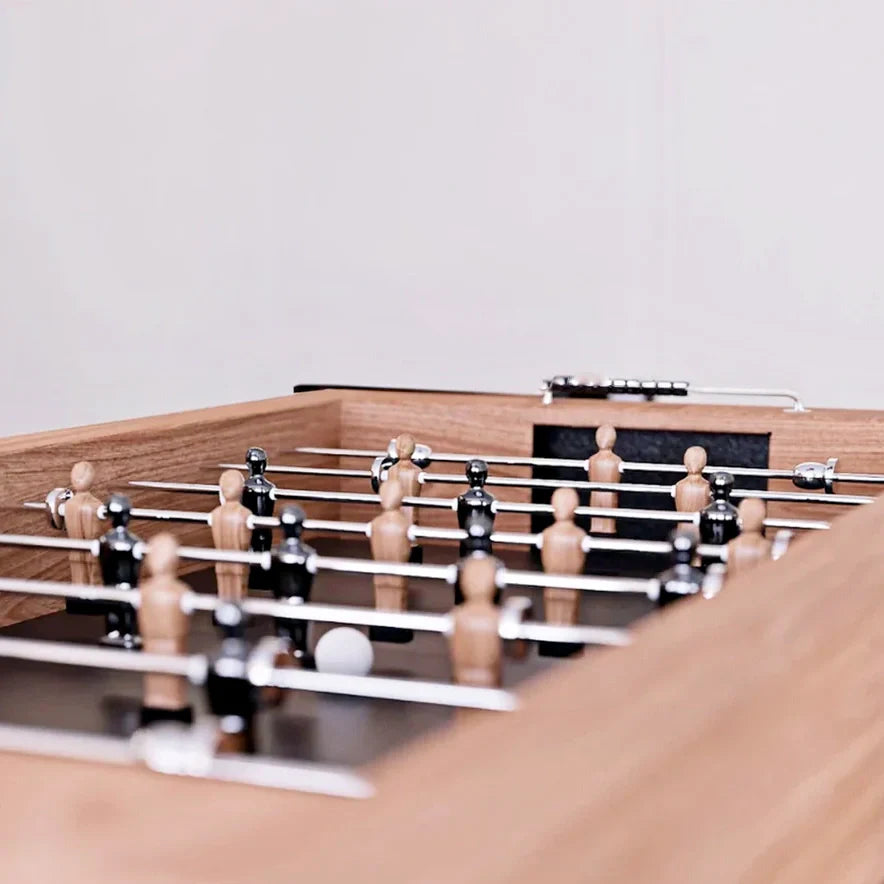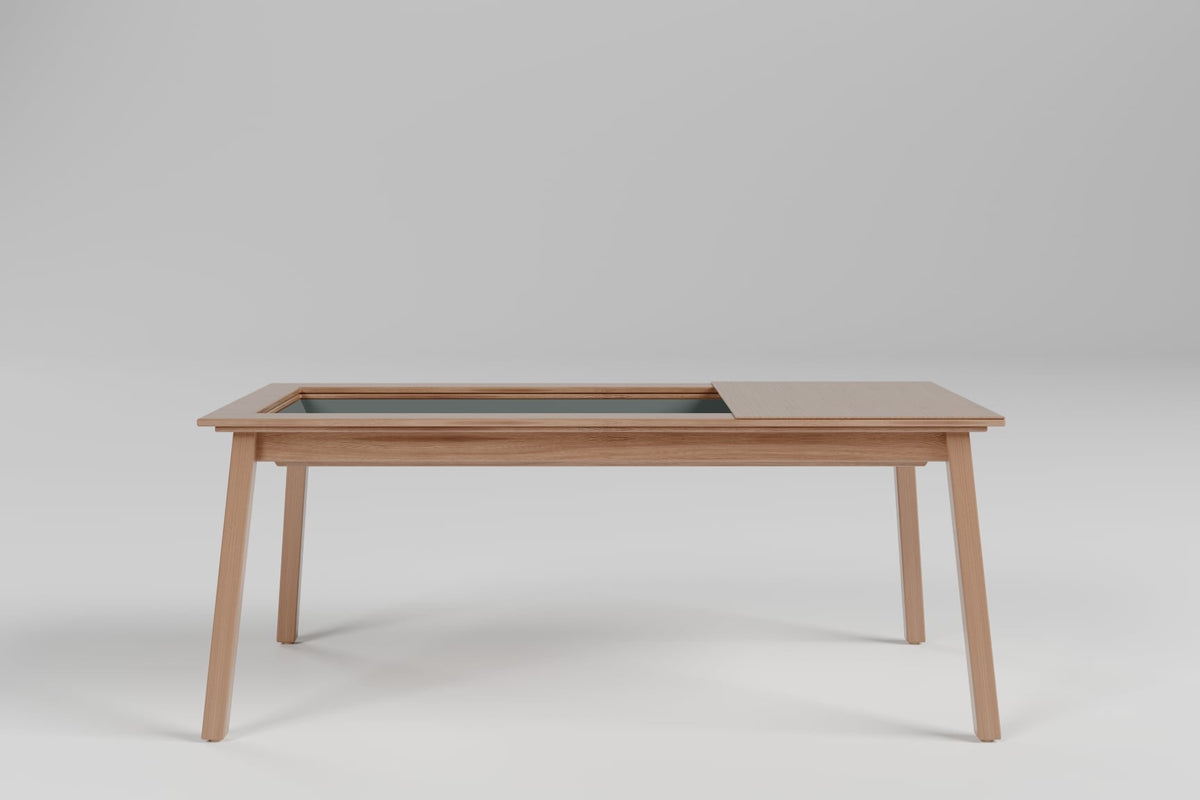Leveling a slate table on an uneven floor, whether indoors or outdoors on a patio or deck, requires careful assessment and adjustment to ensure stability and a flat surface.
Assess the Table and Floor Surface
Start by placing a carpenter’s level on the slate table surface to check for unevenness. Move the level across different spots—corners and center—to identify which areas are high or low. Also, inspect the floor beneath the table, whether it’s a patio, deck, or indoor floor, for bumps, dips, or slopes that cause instability.
Prepare the Floor or Patio/Deck Surface
For outdoor settings like patios or decks, uneven ground is common. Before adjusting the table, try to level the surface as much as possible:
- Use a bubble level to find high and low spots on the patio or deck floor.
- For minor unevenness, add or remove material such as sand or gravel to fill low spots or reduce high spots.
- For indoor floors or decks with slight unevenness, consider adding plywood underlayment or shims to create a more uniform base.
- In cases of more significant unevenness, self-leveling compounds can be applied on indoor floors to create a flat surface, though this is less common for outdoor patios.
Adjust the Table Legs
Most slate tables, including pool or dining tables, have legs that can be adjusted or stabilized:
- Use shims—thin wedges made of wood, plastic, or composite—to raise the legs on the low side. Slide or stack shims under the legs until the table surface is level.
- If your table has adjustable feet, screw them in or out to fine-tune the height of each leg.
- Tighten any leg screws or bolts to secure the legs firmly once the table is level.
- For outdoor tables, self-adhesive leveling pads or small bags filled with sand can be placed under legs to compensate for minor unevenness.
Level the Slate Surface (If Applicable)
If your slate table has a multi-piece slate top (common in pool tables), you can also level the slate itself:
- Loosen the screws securing the slate to the frame.
- Gently tap high spots with a rubber mallet to level the slate surface.
- Retighten the screws once the slate is flat and even.
Final Stability Check
After adjustments, check the table’s stability by gently shaking it from different angles. Ensure no wobbling occurs and all legs are firmly planted. If wobble persists, recheck the leg adjustments or add additional shims as needed.
Summary
To level a slate table on an uneven floor or patio/deck:
- Assess both table surface and floor for unevenness.
- Level the patio or deck surface by adding/removing material if outdoors.
- Use shims or adjustable feet to raise low legs.
- Adjust the slate surface if possible.
- Secure all fittings and verify stability.
Following these steps will ensure your slate table sits level and stable, providing a safe and enjoyable surface whether indoors or on your patio or deck.





0 comments